7 Secrets of the Dead Sea Scrolls Revealed
Hebrew scrolls

From virtual unwrapping to old-fashioned archaeological excavation, scientists are using a variety of techniques to reveal new information about the Dead Sea Scrolls. These scrolls contain copies of books in the Hebrew Bible as well as community rulers, calendars, astronomy texts and other writings that scientists say were penned between about 200 B.C. and A.D. 70. In this countdown, Live Science looks at seven of these techniques.
Textile analysis
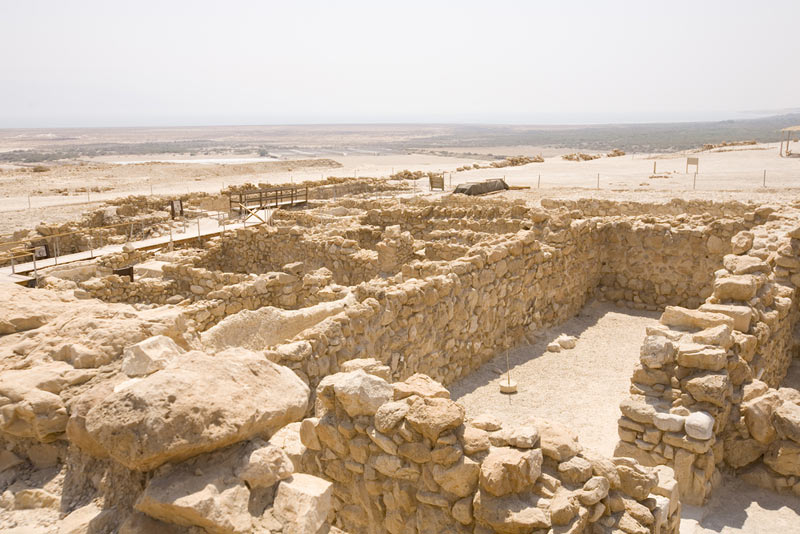
In addition to the Dead Sea Scrolls, the caves near Qumran also contain the remains of about 200 textiles. In 2011, a team of researchers reported that found that the scrolls are all made of linen, don't contain decoration and in some cases are bleached white — finds that support the idea that Essenes, an ancient Jewish sect, wrote the Dead Sea Scrolls. Their study is detailed in the journal Dead Sea Discoveries.
Virtual unwrapping
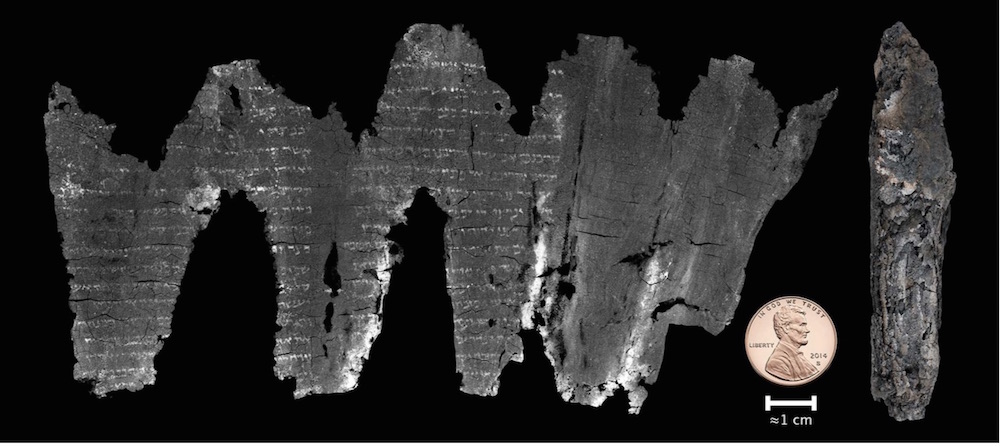
Using a technique called "virtual unwrapping," scientists were able to read the remains of a charred 1,700-year-old scroll found at the site of En-Gedi, located in the Judean Desert. The scroll had been damaged by fire in ancient times and couldn't be unwrapped, physically, without falling apart. Instead, the scientists digitally scanned the scroll and then flattened the scanned results so they could read the text. They found it contained the beginning of the Hebrew bible's Book of Leviticus, the third of the five books of Moses, known as the Pentateuch.
New excavations
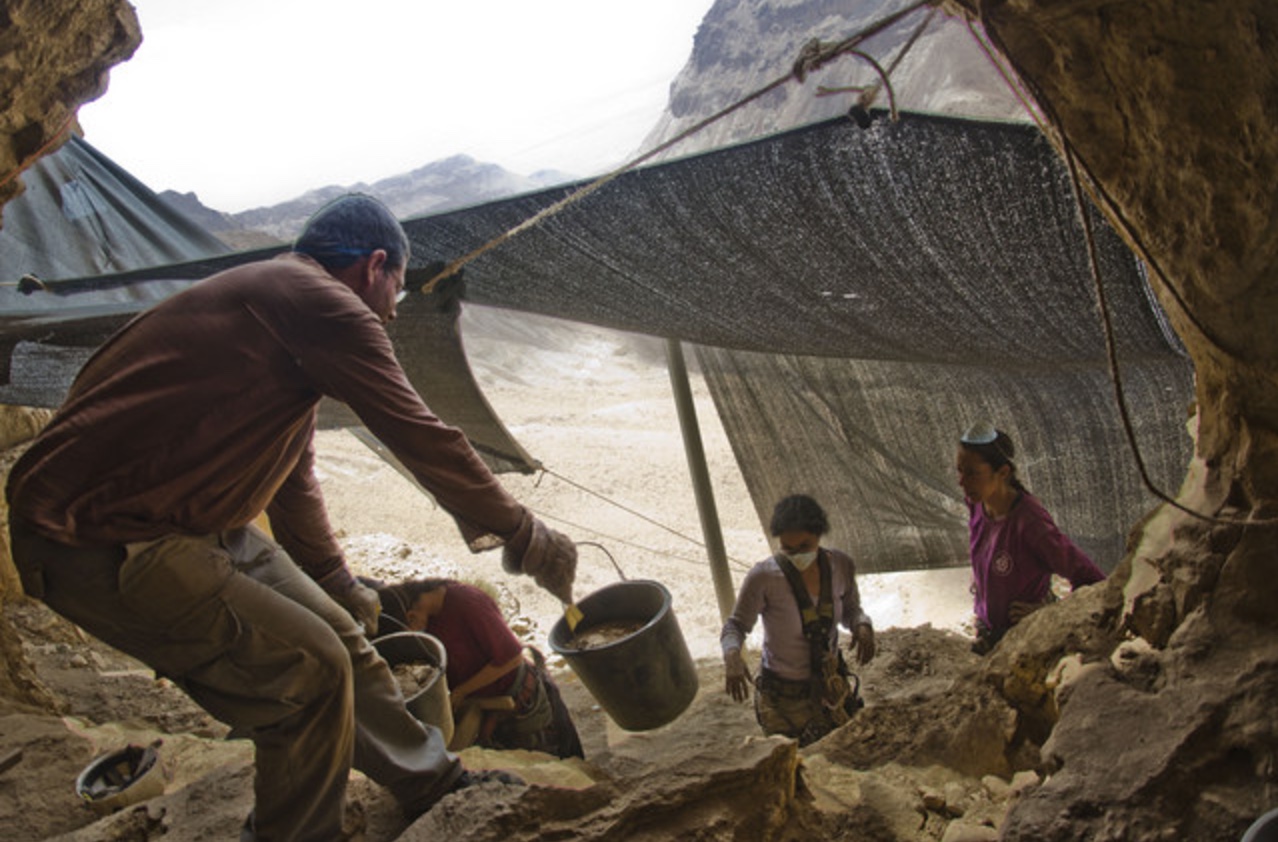
While archaeological excavation is not a new technique, it is important in the story of the Dead Sea Scrolls. Excavations are being carried out in caves in the Judean Desert to make sure that archaeological remains (including any undiscovered scrolls) are found before looters get to them. This image shows an excavation underway in a place that has come to be known as the "Cave of the Skulls," in Nahal Tse'elim in the Judean Desert. While this cave was previously excavated by archaeologists, recent looting activity indicates that there is more to be found.
Monitoring antiquities market
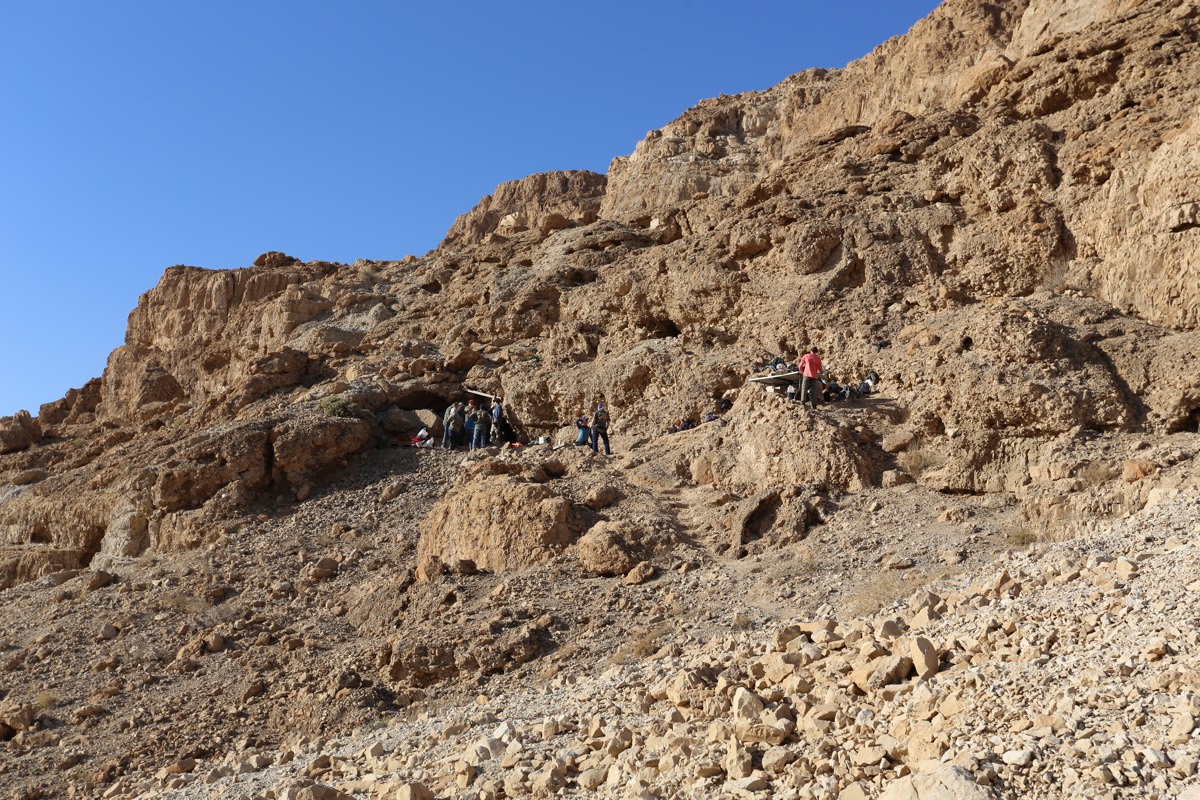
Over the past 15 years, more than 70 scroll fragments have turned up on the antiquities market. While some of them are forgeries, others may be real and scientists have been monitoring these fragments as they come on the market, using social media platforms such as Academia.edu to post updates on new scroll fragments.
Antiquities interdiction
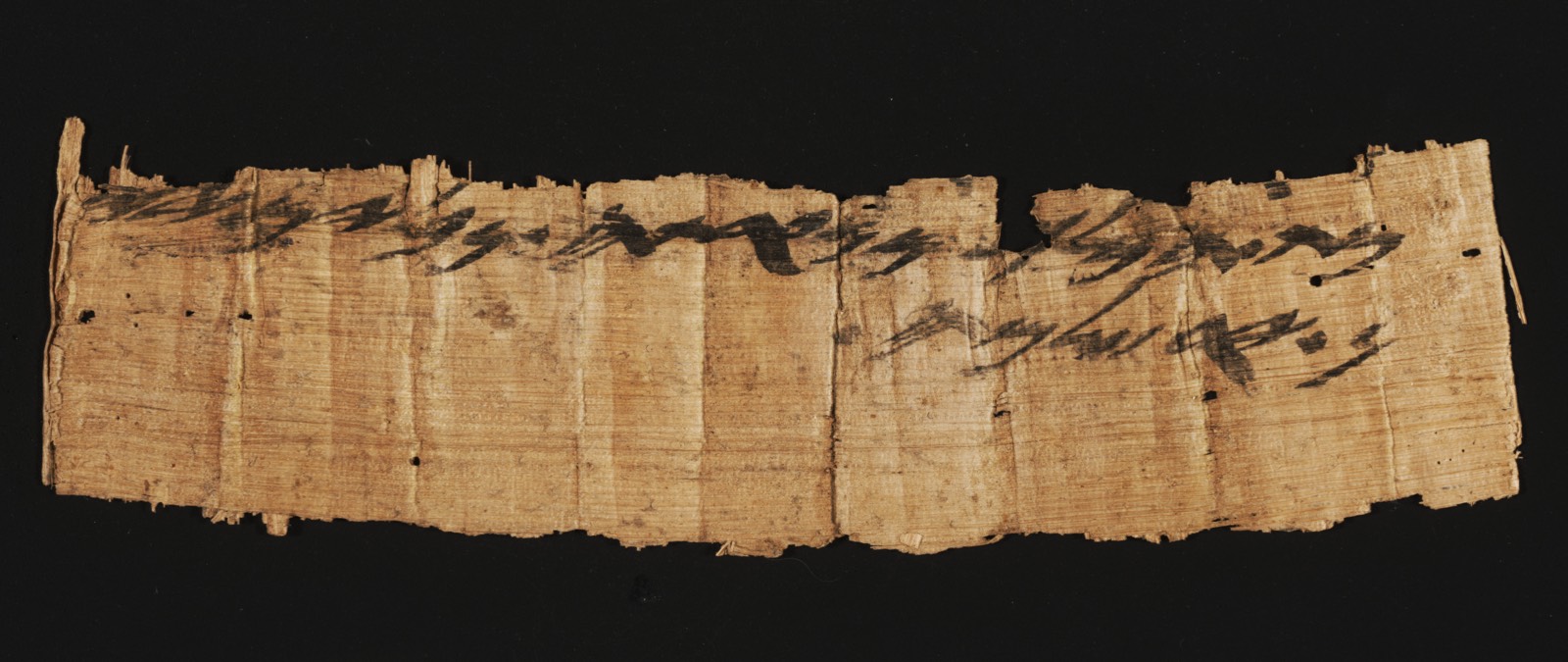
To stem the tide of looting in the Judean Desertk, archaeologists with the Israel Antiquities Authority have been working as part of a special unit to recover looted material. While the archaeologists are not at liberty to discuss details of how their unit recovers material, one operation led to the discovery of a papyrus dating back around 2,700 years, according to tests.
Digitization
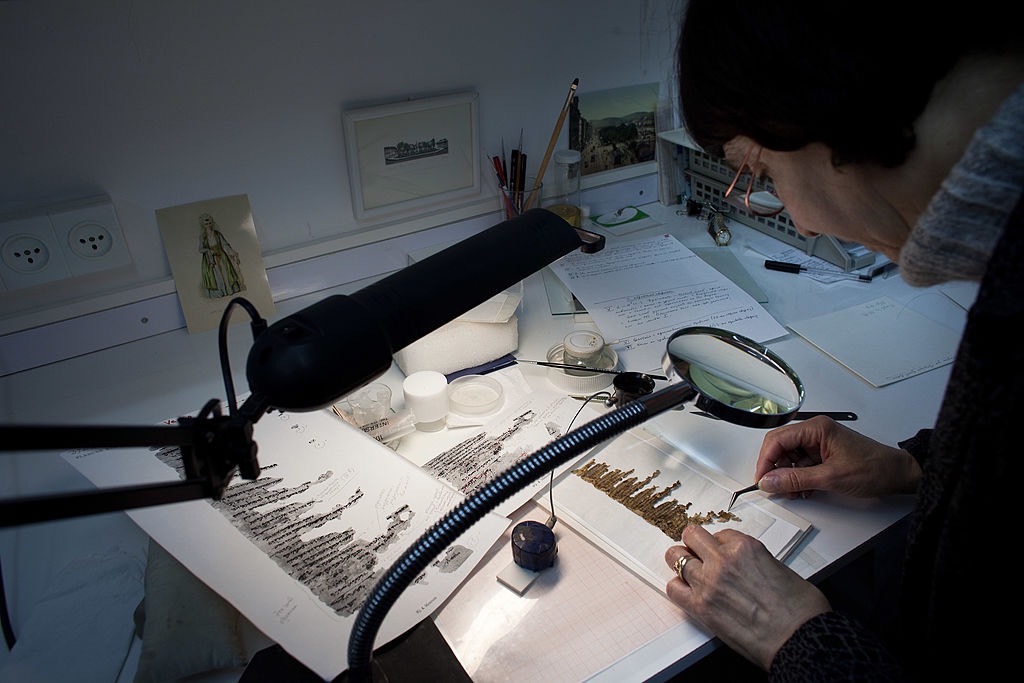
In 2011, a digitization project was completed that allows anyone in the world to view high-resolution images of the Dead Sea Scrolls for free online. This project, a collaboration between the Israel Museum in Jerusalem and Google, made it easier for researchers all over the world to access the scrolls. It also meant that members of the general public who are simply interested in viewing the scrolls could see them, in minute detail, at any time without having to travel to Israel.
Shown in this image, a conservation analyst from the Israeli Antiquities examines fragments of the 2000-year-old Dead Sea scrolls at a laboratory before photographing them on Dec. 18, 2012, in Jerusalem.
Ink analysis
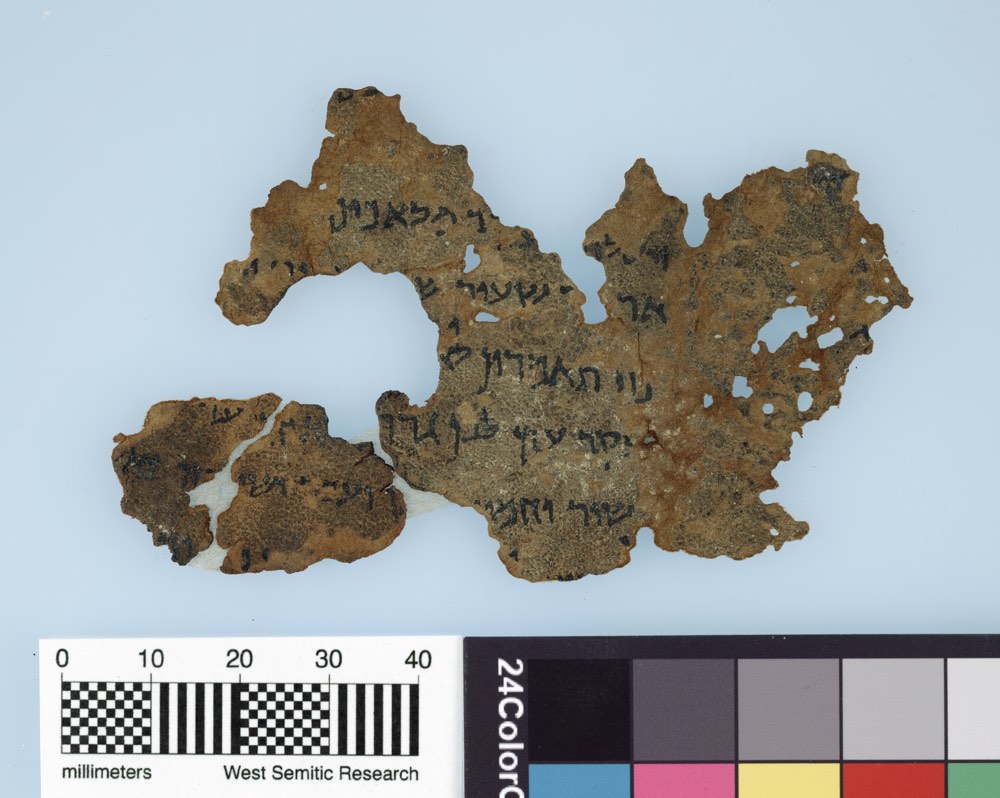
Researchers have analyzed the ink of Dead Sea Scrolls, finding, among other things, a ratio of chlorine to bromine that indicates the ink was created near Qumran. Analysis has also suggests that a special type of ink, sometimes called "red ink," was used on at least one of the scrolls.
Sign up for the Live Science daily newsletter now
Get the world’s most fascinating discoveries delivered straight to your inbox.

Owen Jarus is a regular contributor to Live Science who writes about archaeology and humans' past. He has also written for The Independent (UK), The Canadian Press (CP) and The Associated Press (AP), among others. Owen has a bachelor of arts degree from the University of Toronto and a journalism degree from Ryerson University.










